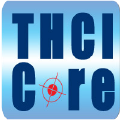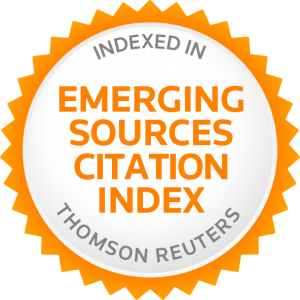HEADEDNESS AND THE STRUCTURE OF YORÙBÁ COMPOUND WORDS
Oyè Táíwò
In contemporary morphology, morphologically complex words are assumed to have heads. Williams (1981) proposes the right-head rule (RHR), later modified by Selkirk (1982). However, Owolabi (1995a) argues that the head of Yorùbá complex words is the left-hand member contrary to Williams’ proposal. He limits the assignment of head to only his Class I prefixes and does not assign heads to nouns which are derived by the attachment of class II prefixes. The work also raises the question as to whether or not all morphologically complex words in the Yorùbá language are headed. This work examines the structure of Yorùbá complex words such as compounds (especially those derived through desententialization), and reduplication, and those derived through the attachment of Owolabi’s Class II prefixes. We attempt to assign heads to these complex words; we also re-analyze Owolabi’s Class II prefixes and conclude that they actually consist of two morphemes each, following Awobuluyi (1967, 2008). This present work reveals that most of the Yorùbá morphologically complex words have their left-hand members as head. We propose a rule to account for the head in morphology.
Key words: headedness, the Yorùbá language, prefixes, compounding, reduplication



